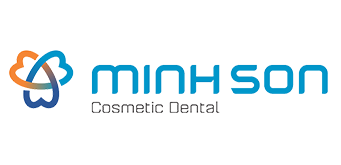Link to: Liên hệ
Do you need advice? Please contact us via the channels below.
Minh Son Medical Equipment Joint Stock Company
We are honored to be one of the leading units in the field of dental restorations in Northern Vietnam. Established from 2003 until now. Minh Son has developed and become a reputable and trustworthy supplier of dental restoration products, dental equipment and materials to customers.
Business information
MINH SON MEDICAL EQUIPMENT JOINT STOCK COMPANY | No. 40-41, Lot 27 Le Hong Phong, Dong Khe, Ngo Quyen, Hai Phong
Contact information:
Phone: +84 989 055 296
Email: labduong@gmail.com
Manager:
Ms. Duong
Address:
No. 40-41 Lot 27 Le Hong Phong, Dong Khe, Ngo Quyen, HP
© 2024 ms-surgicalguide.com owned by Minh Son Medical Equipment Joint Stock Company – Website supported by ABSoltech


